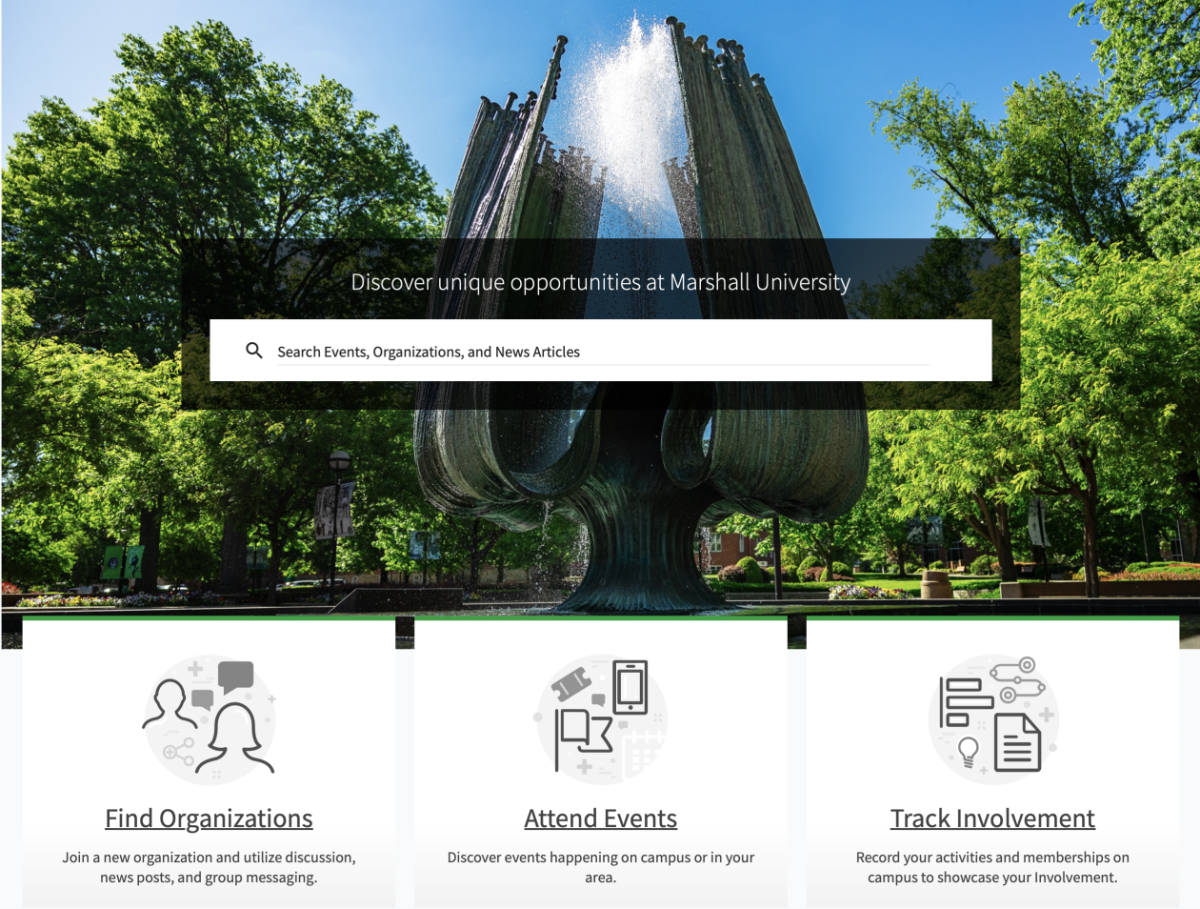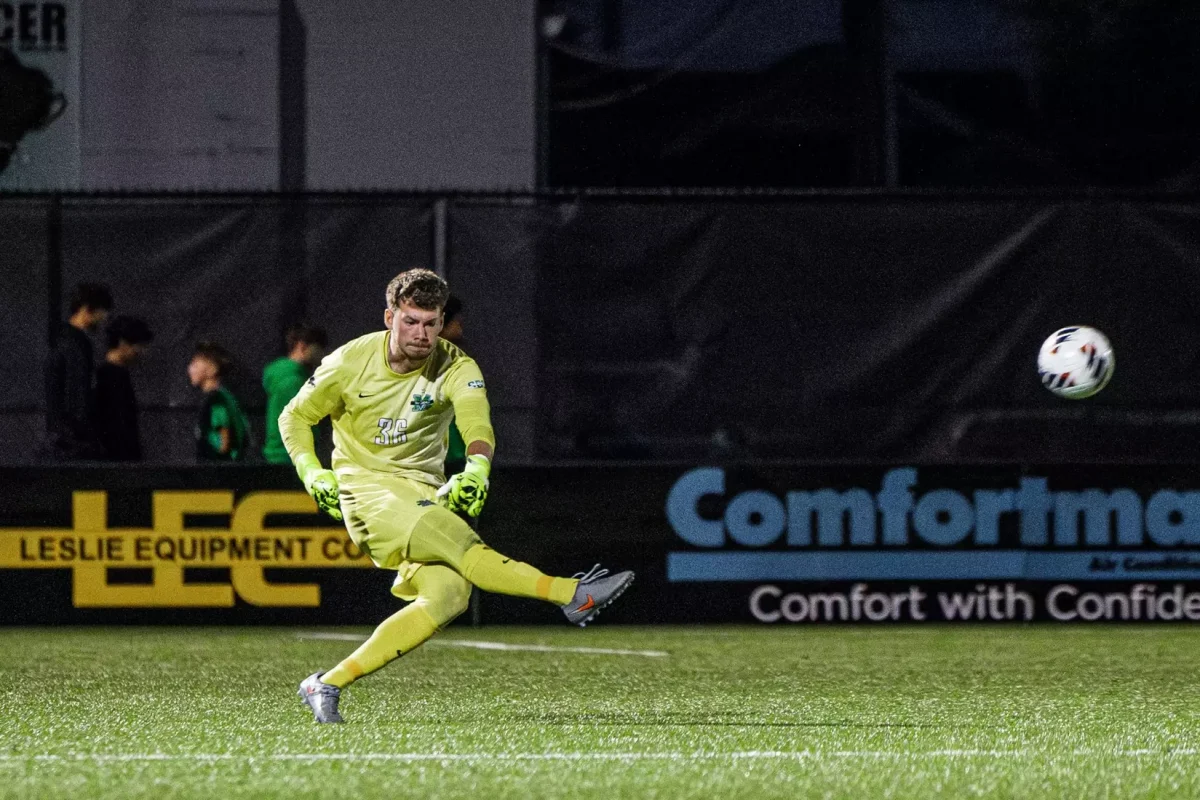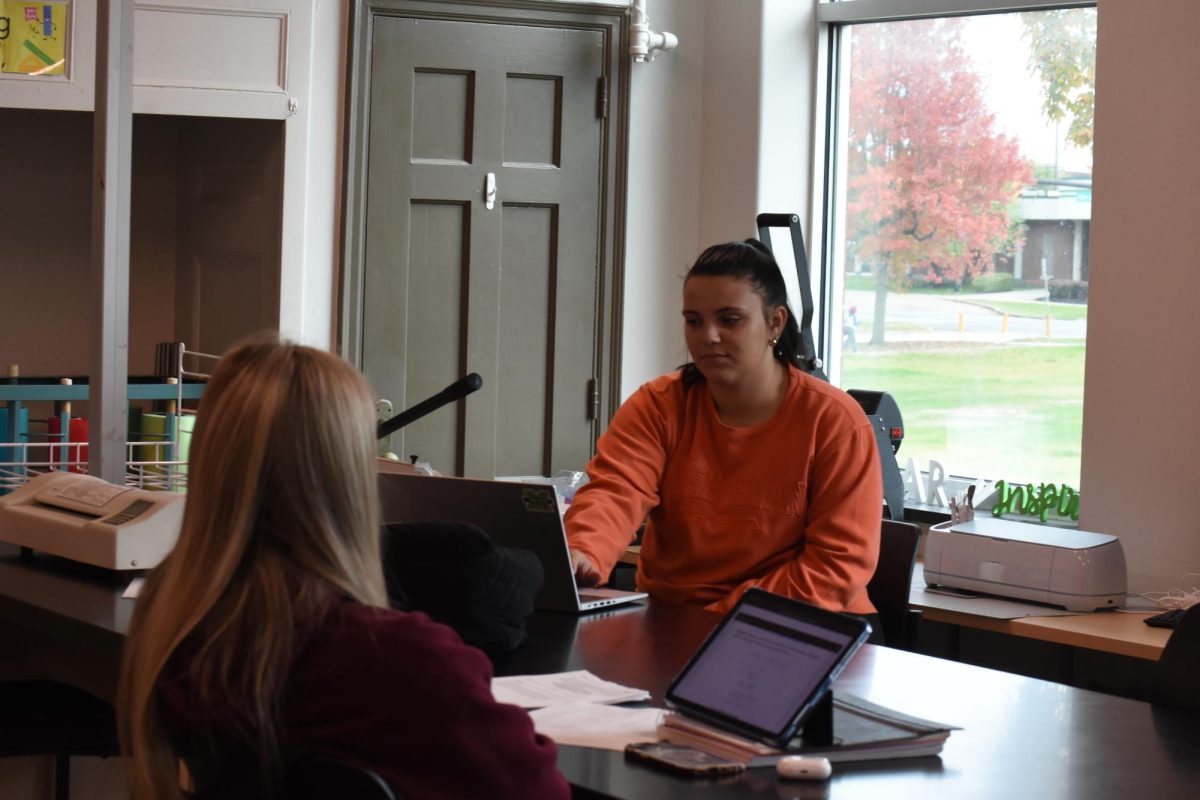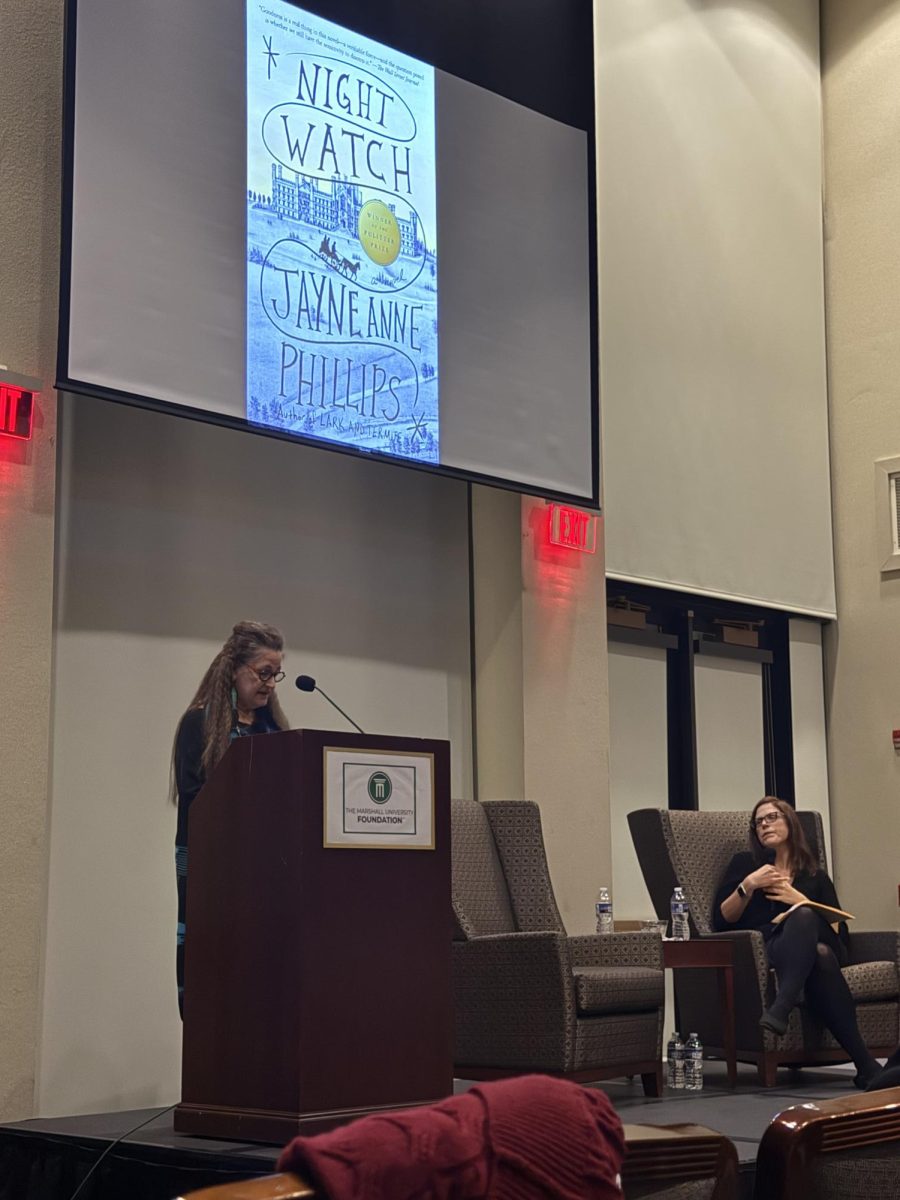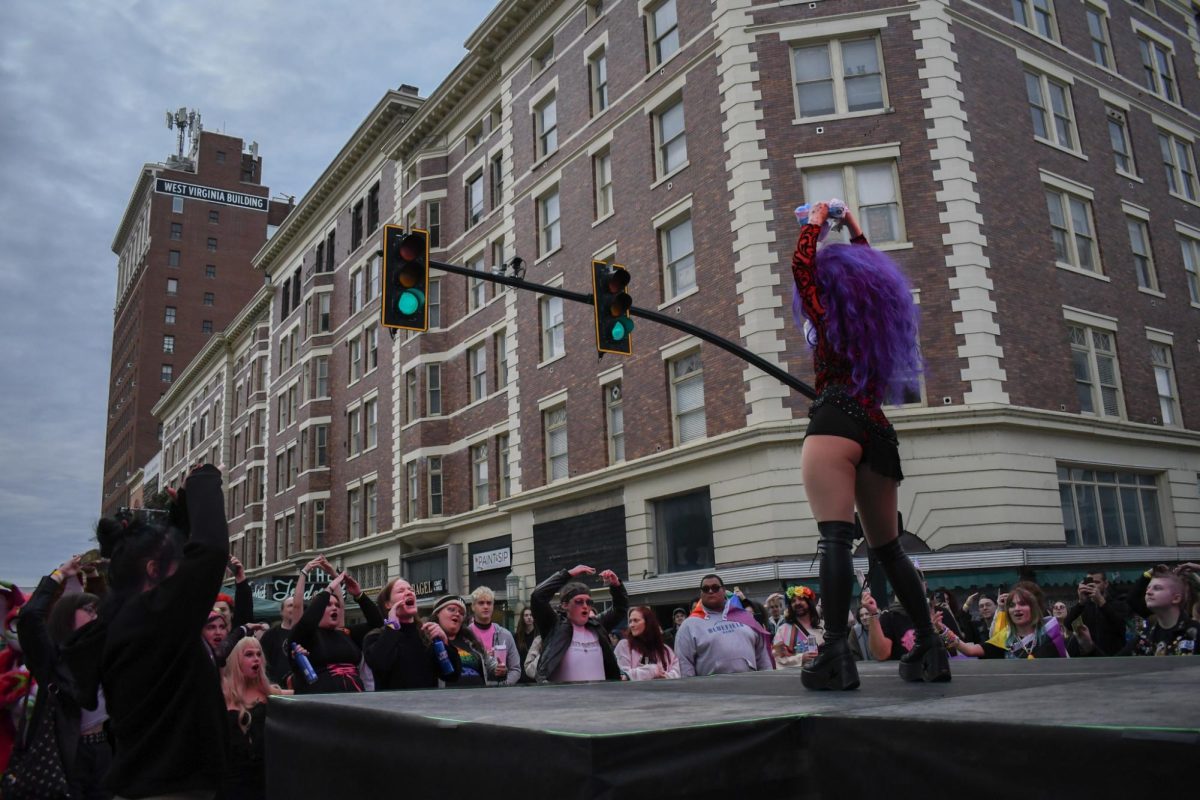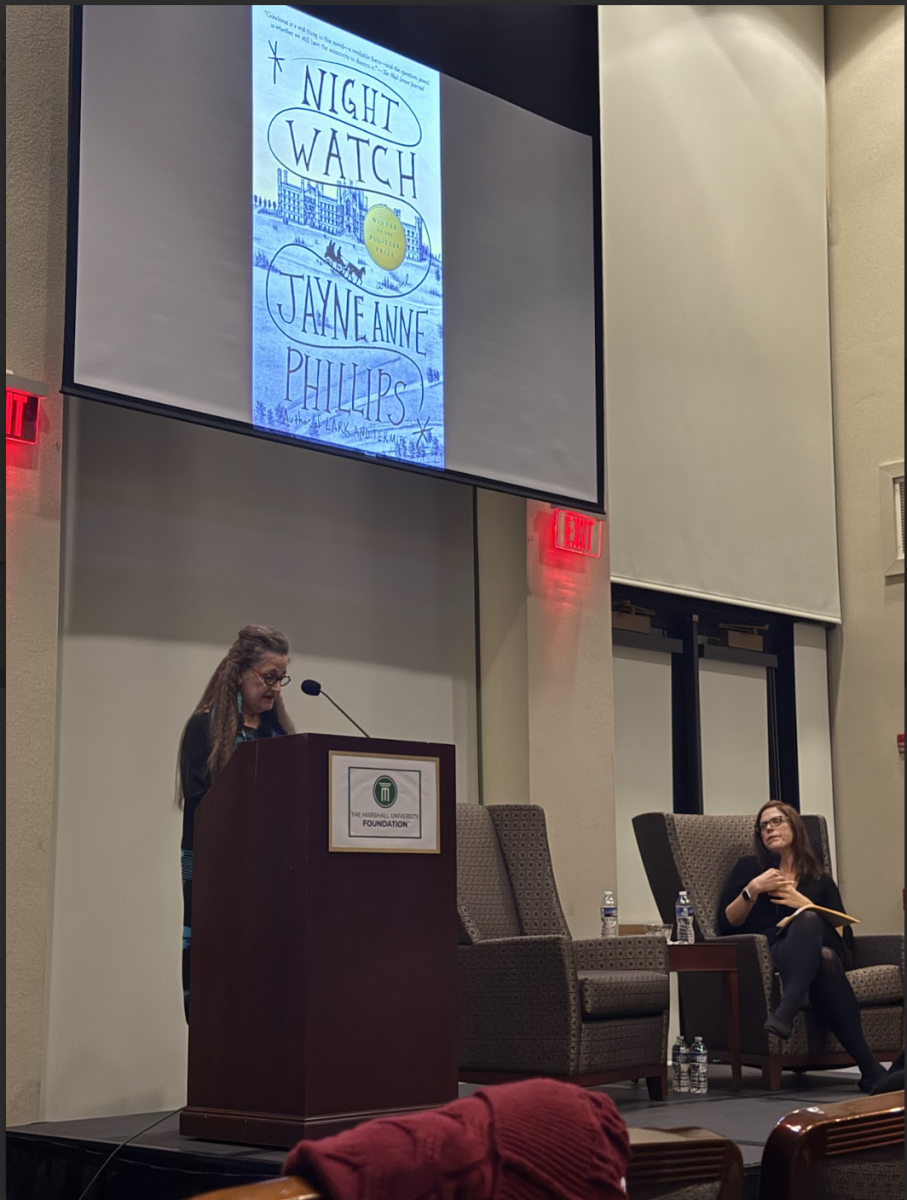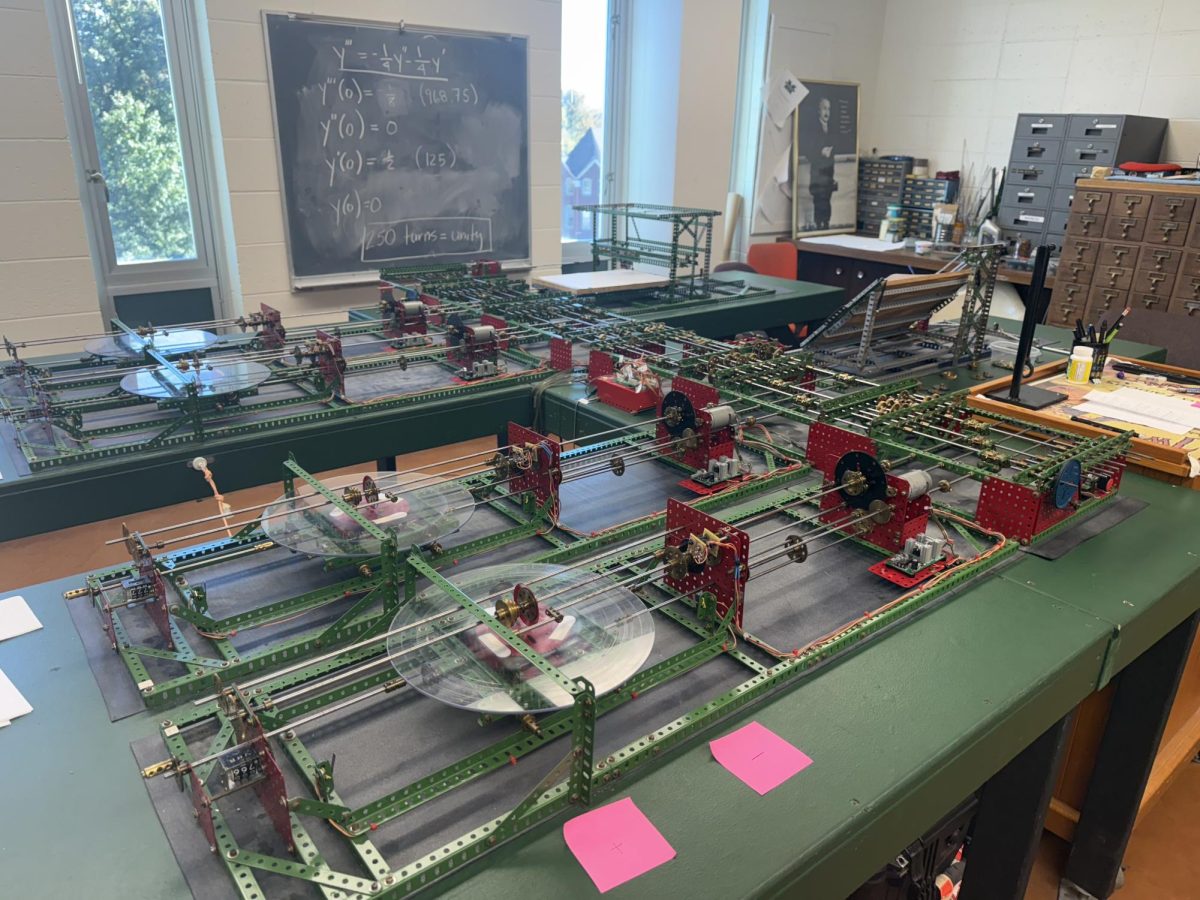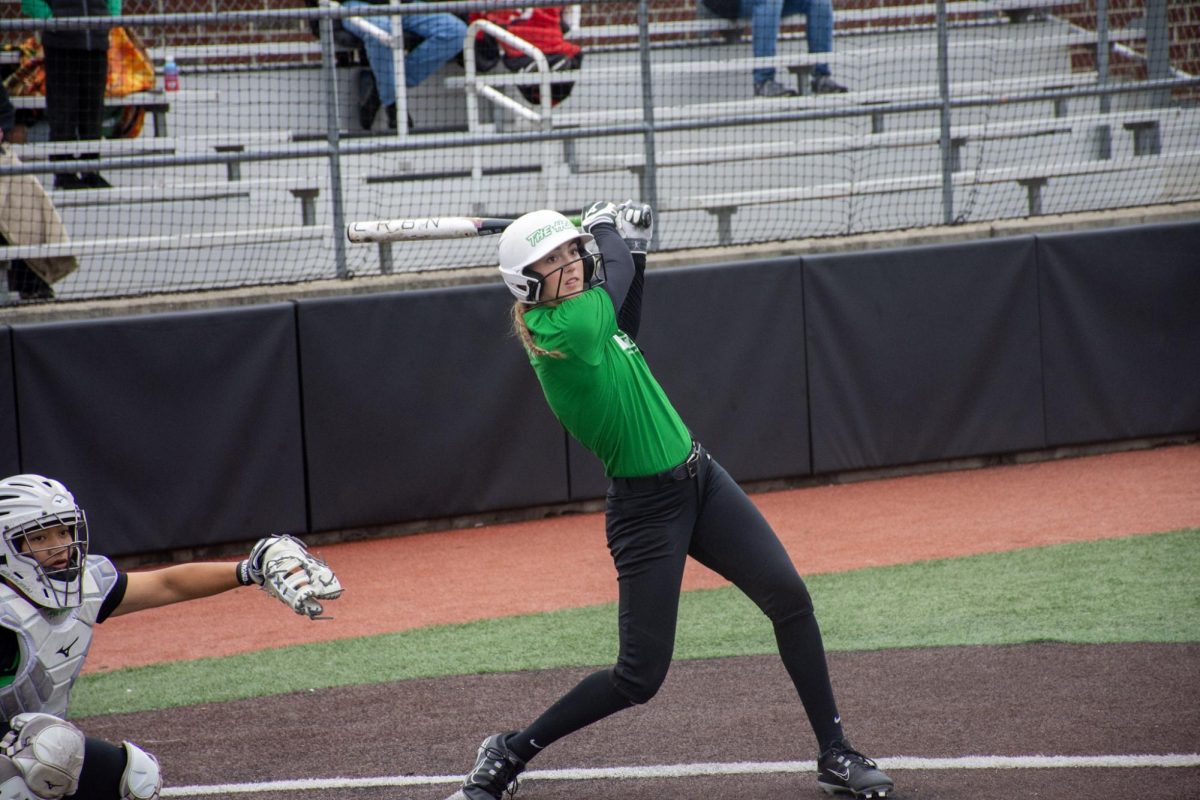School of Medicine 3-D printing replicates body parts
November 9, 2017
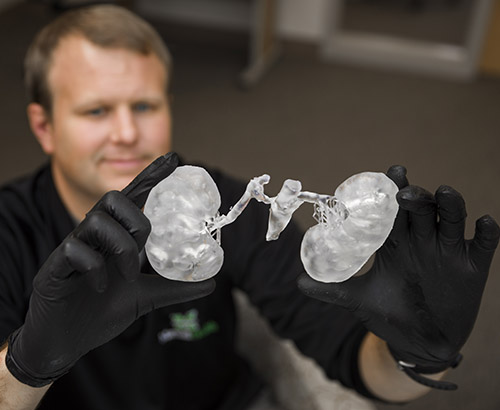
Matthew Crutchfield, senior graphic designer for the School of Medicine, shows a cured 3-D print of a set of kidneys.
The Joan C. Edwards School of Medicine at Marshall University is using 3-D printing to print replicas of body parts, some from real patients, to help its students in their training.
Matt Crutchfield, senior graphic designer for the School of Medicine, said they are able to print a 3-D model of a patient’s data from a CT scan or an MRI, and the doctor or the patient can hold the model rather than just an X-ray in their hand.
“The fact that a student could actually go in and practice a surgery 100 times and nobody ever gets hurt is something you can’t imagine,” Crutchfield said. “You don’t have to worry about getting a cadaver, or you don’t have to worry about requiring all those types of things that are incredibly expensive when you can just do stuff cheaper and just as accurate (with parts from 3-D printing).”
Crutchfield said they have aided an orthopedic knee surgery, and they have successfully created a hysterectomy trainer using the technology.
“We were trying to find a way to better teach abdominal hysterectomy to our residents,” Dr. Amanda Pauley, assistant professor in obstetrics and gynecology, said. “So, I met with Matt to see if there is a way we can do this with a 3-D printer, because it’s not been done regularly at any of our places for resident training. So, we implemented it for that reason just to kind of help our numbers and to better educate our residents on performing abdominal hysterectomy.”
Pauley said the trainer is more accurate than the models residents would practice on before, some of which were made with craft store supplies, as the trainer uses silicone to replicate the tissues and organs involved.
Crutchfield said students have given positive feedback in using these replicas for training and said he believes using this method can help doctors and patients see better results by holding a model in their hand as opposed to a scan.
“I think down the road, a doctor won’t just have a CT scan,” Crutchfield said. “A doctor will have a model along with their CT scans for almost all patients, especially the ones that have a specific need.”
The 3-D printers were purchased using funds from a grant given to the school by the Huntington Clinical Foundation.
Landon Mitchell can be reached at [email protected].



